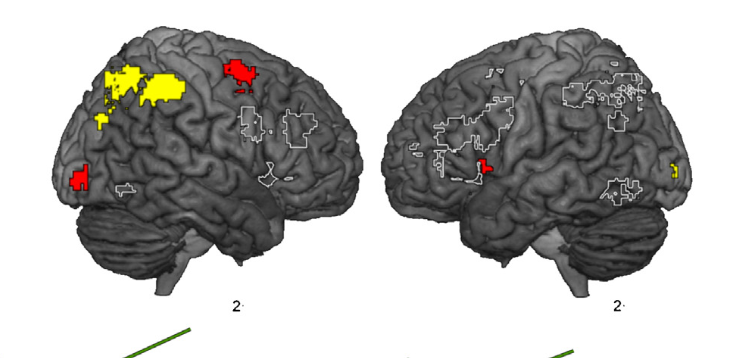 Nemmi, F., Helander, E., Helenius, O., Almeida, R., Hassler, M., Räsänen, P., & Klingberg, T. (2016). Behavior and neuroimaging at baseline predict individual response to combined mathematical and working memory training in children. Developmental Cognitive Neuroscience, 20, 43-51.
Nemmi, F., Helander, E., Helenius, O., Almeida, R., Hassler, M., Räsänen, P., & Klingberg, T. (2016). Behavior and neuroimaging at baseline predict individual response to combined mathematical and working memory training in children. Developmental Cognitive Neuroscience, 20, 43-51.
Abstract
Mathematical performance is highly correlated with several general cognitive abilities, including working memory (WM) capacity. Here we investigated the effect of numerical training using a number-line (NLT), WM training (WMT), or the combination of the two on a composite score of mathematical ability. The aim was to investigate if the combination contributed to the outcome, and determine if baseline performance or neuroimaging predict the magnitude of improvement.
We randomly assigned 308, 6-year-old children to WMT, NLT, WMT + NLT or a control intervention. Overall, there was a significant effect of NLT but not WMT. The WMT + NLT was the only group that improved significantly more than the controls, although the interaction NLTxWM was non-significant. Higher WM and maths performance predicted larger benefits for WMT and NLT, respectively. Neuroimag- ing at baseline also contributed significant information about training gain. Different individuals showed as much as a three-fold difference in their responses to the same intervention.
These results show that the impact of an intervention is highly dependent on individual characteristics of the child. If differences in responses could be used to optimize the intervention for each child, future interventions could be substantially more effective.
